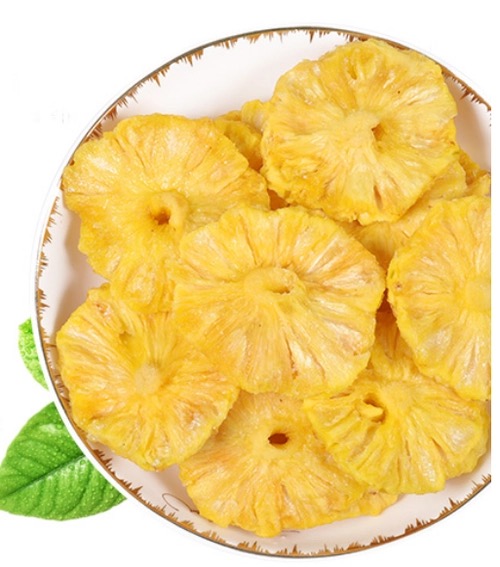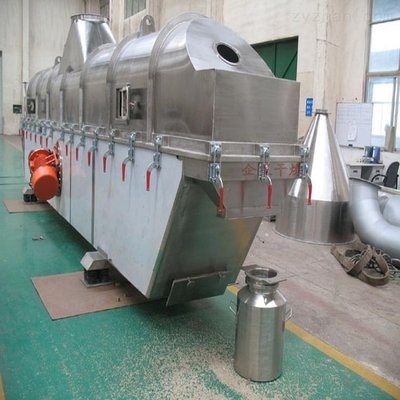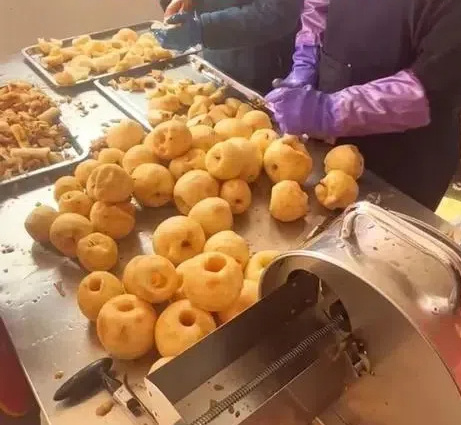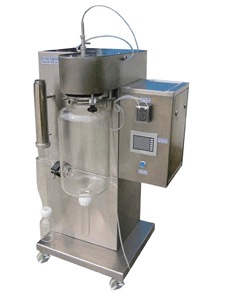
Content Menu
● Introduction to Food Drying Technology
● The Rise of Food Dehydrators in Australia
>> Benefits of Using a Food Drying Machine
● Types of Food Drying Machines Available in Australia
>> Home Food Drying Equipment
>>> Popular Home Food Dehydrator Brands in Australia
>> Commercial Food Dehydrators
>>> Features of Commercial Food Dehydrators
● Choosing the Right Food Drying Machine for Your Needs
● Popular Applications for Food Drying Machines in Australia
>> Fruit Dryer Machines
>> Vegetable Drying Machines
>> Jerky Makers
● Innovative Food Preservation Technology in Australia
>> Emerging Trends in Food Drying Technology
● The Impact of Food Drying Machines on Australian Agriculture
>> Case Study: Success of Australian Dried Fruits
● Maintaining and Caring for Your Food Drying Machine
● Recipes and Ideas for Your Food Drying Machine
● The Future of Food Drying in Australia
● Conclusion
● Frequently Asked Questions
>> 1. What is the best food dehydrator available in Australia?
>> 2. How long does it take to dry food in a dehydrator?
>> 3. Are food drying machines energy-efficient?
>> 4. Can I use a food drying machine to make pet treats?
>> 5. Where can I buy a food drying machine in Australia?
Introduction to Food Drying Technology
In recent years, Australia has seen a surge in interest for food drying machines, also known as food dehydrators. These innovative appliances have revolutionized the way Australians preserve their food, offering a convenient and efficient method to extend the shelf life of fruits, vegetables, meats, and herbs. Whether you're a home cook looking to make healthy snacks or a commercial food producer aiming to expand your product line, food drying machines have become an essential tool in the modern Australian kitchen.
The Rise of Food Dehydrators in Australia
The popularity of food dehydrators in Australia can be attributed to several factors. With an increasing focus on healthy eating and reducing food waste, many Australians are turning to food drying as a way to preserve seasonal produce and create nutritious snacks. Additionally, the country's diverse climate and abundant agricultural resources make it an ideal location for food dehydration practices.
Benefits of Using a Food Drying Machine
1. Preservation of nutrients and flavors
2. Reduction of food waste
3. Cost-effective food storage solution
4. Creation of healthy, preservative-free snacks
5. Versatility in food preparation

Types of Food Drying Machines Available in Australia
Home Food Drying Equipment
For individuals and families looking to experiment with food dehydration, there are numerous home-use options available in the Australian market. These compact and user-friendly machines are perfect for small-scale drying projects and typically feature multiple trays for drying various foods simultaneously.
Popular Home Food Dehydrator Brands in Australia
1. Ezidri Dehydrators
2. Sunbeam Food Lab
3. Devanti
4. L'Equip
Commercial Food Dehydrators
For businesses in the food industry, commercial-grade food drying machines offer larger capacity and more advanced features. These industrial food dehydration systems are designed to handle high volumes of produce and provide consistent results for professional food production.
Features of Commercial Food Dehydrators
1. Stainless steel construction
2. Multiple drying zones
3. Precise temperature and humidity control
4. Energy-efficient operation
5. Compliance with Australian food safety standards
Choosing the Right Food Drying Machine for Your Needs
When selecting a food drying machine in Australia, consider the following factors:
1. Capacity: Determine how much food you plan to dry at once.
2. Temperature range: Look for machines with adjustable temperature settings for different types of food.
3. Airflow: Ensure even drying with proper air circulation.
4. Noise level: Consider the machine's noise output, especially for home use.
5. Energy efficiency: Look for models with energy-saving features.
6. Ease of cleaning: Choose machines with dishwasher-safe trays for convenient maintenance.

Popular Applications for Food Drying Machines in Australia
Fruit Dryer Machines
Australia's abundant fruit harvests make fruit drying a popular application. From crisp apple chips to chewy dried mangoes, fruit dryer machines allow Australians to enjoy their favorite fruits year-round.
Vegetable Drying Machines
Vegetable drying machines are excellent for preserving seasonal produce and creating healthy snacks. Dried vegetables can be used in soups, stews, and as standalone snacks.
Jerky Makers
With Australia's love for meat, jerky makers have become increasingly popular. These specialized food drying machines are designed to safely dehydrate meats, creating delicious and protein-rich snacks.
Innovative Food Preservation Technology in Australia
As the demand for food drying solutions grows, Australian companies are at the forefront of developing innovative food preservation technologies. These advancements aim to improve energy efficiency, reduce drying times, and preserve more nutrients in the dried foods.
Emerging Trends in Food Drying Technology
1. Smart, connected food dehydrators
2. Combination drying methods (e.g., freeze-drying and air-drying)
3. Solar-powered food drying systems
4. Microwave-assisted dehydration
The Impact of Food Drying Machines on Australian Agriculture
The widespread adoption of food drying machines has had a significant impact on Australian agriculture. Farmers and food producers can now extend the shelf life of their products, reduce waste, and create value-added dried goods. This has opened up new markets and opportunities for Australian agricultural exports.
Case Study: Success of Australian Dried Fruits
Australian dried fruits, such as raisins, sultanas, and dried apricots, have gained international recognition for their quality and flavor. The use of advanced food drying machines has allowed Australian producers to compete effectively in the global dried fruit market.
Maintaining and Caring for Your Food Drying Machine
To ensure the longevity and optimal performance of your food drying machine, follow these maintenance tips:
1. Clean the trays and interior after each use
2. Check and clean air filters regularly
3. Calibrate temperature settings periodically
4. Store the machine in a dry, cool place when not in use
5. Follow the manufacturer's guidelines for servicing and repairs
Recipes and Ideas for Your Food Drying Machine
Experiment with these popular dried food recipes:
1. Homemade fruit leather
2. Dried herb blends
3. Vegetable chips
4. Beef jerky with Australian spices
5. Dried mushroom powder for seasoning
The Future of Food Drying in Australia
As Australians continue to embrace healthy eating habits and sustainable food practices, the future of food drying machines looks promising. We can expect to see further innovations in technology, more energy-efficient models, and an expanding range of dried food products in the Australian market.
Conclusion
Food drying machines have become an integral part of many Australian kitchens and food production facilities. From home food drying equipment to industrial food dehydration systems, these versatile appliances offer a sustainable and efficient way to preserve food. As the technology continues to evolve, food drying machines will play an increasingly important role in Australia's food industry and culinary culture.

Frequently Asked Questions
1. What is the best food dehydrator available in Australia?
Answer: The best food dehydrator depends on your specific needs, but popular brands in Australia include Ezidri, Sunbeam, and Devanti. For home use, the Ezidri Ultra FD1000 Digital Food Dehydrator is highly regarded for its performance and versatility.
2. How long does it take to dry food in a dehydrator?
Answer: Drying times vary depending on the food type, thickness, and moisture content. Generally, fruits can take 6-12 hours, vegetables 4-8 hours, and meats 4-12 hours. Always refer to your machine's manual for specific guidelines.
3. Are food drying machines energy-efficient?
Answer: Many modern food drying machines are designed to be energy-efficient. Look for models with adjustable thermostats and timers to optimize energy use. Some machines also come with energy-saving features like automatic shut-off.
4. Can I use a food drying machine to make pet treats?
Answer: Yes, food drying machines are excellent for making homemade pet treats. You can create healthy, preservative-free snacks for dogs and cats using ingredients like lean meats, fruits, and vegetables.
5. Where can I buy a food drying machine in Australia?
Answer: Food drying machines are available from various retailers in Australia, including major department stores like Harvey Norman, specialty kitchen stores, and online marketplaces such as eBay and Amazon Australia. You can also find them at some Bunnings Warehouse locations.












